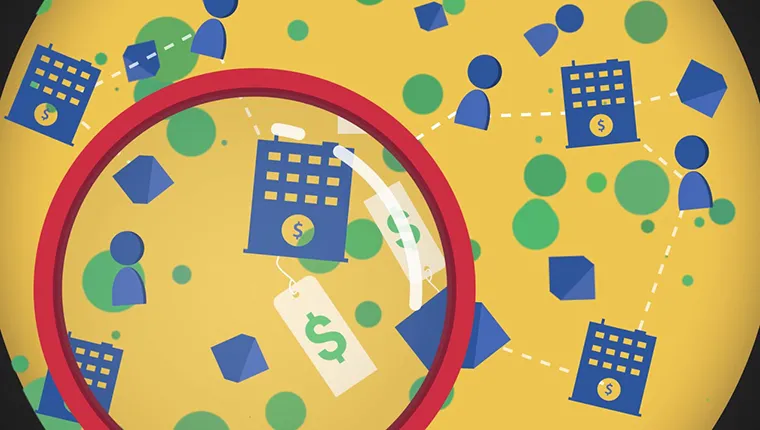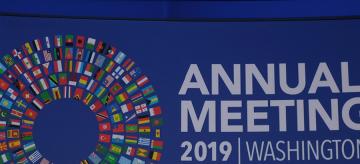What Is Monetary Policy?
From inflation to interest rates, understand the basics of monetary policy, currencies, and the flow of money in the global economy with this introductory video.
Monetary policy might sound like the province of economists alone, but its effects are all around us. Have you ever winced at rising prices or taken out a loan because of favorable interest rates?
Defining monetary policy
Monetary policy refers to the tools that central banks—centralized financial institutions of countries or regional organizations such as the European Union—use to influence the money supply, or the amount of money in an economy. Central banks use these tools because they want to help manage inflation—rising prices in an economy—and to help maximize employment. Inflation is a growing concern in the United States and around the world. An interesting fact of economics is that inflation is normal, or even desired. Most economists agree that low and steady inflation is good for economic growth which increases living standards. But too much inflation can lead to a range of dangerous outcomes if the cost of goods rises to become higher than people can afford.
These issues are top of mind in the United States, where debates persist as to how to tackle the threats of rising inflation. But monetary policy isn’t just a domestic concern. In a globalized world, national economies are connected, and decisions about monetary policy made in one country can have consequences for others.



